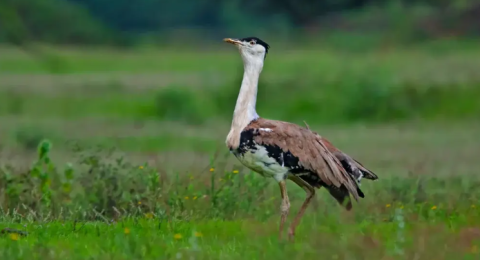SYLLABUS: GS-2: Issues relating to development and management of Social Sector/Services relating to Health, Education, Human Resources. Context: Recently, NITI Aayog launched a comprehensive policy report ‘Internationalisation of Higher Education
IN-SPACe invites proposals to establish Antariksh Prayogshala Context: Recently, the Indian National Space Promotion and Authorisation Centre (IN-SPACe) has rolled out a Request for Proposal (RfP) to establish Antariksh Prayogshala
SYLLABUS GS-2: Bilateral, Regional and Global Groupings and Agreements involving India and/or affecting India’s interests. Context: The Netherlands' Foreign Minister David van Weel arrived in New Delhi for an official
SYLLABUS GS-3: Conservation, Environmental Pollution and Degradation, Environmental Impact Assessment. Context: The Supreme Court expanded conservation zones for the Great Indian Bustard, banning new power lines and large solar plants,
More on News:
Bureau of Port Security (BoPS) Context: The Union Government has decided to set up a dedicated statutory body called the Bureau of Port Security (BoPS) to oversee the security of
More on News: Objectives of the Scheme: Eligible Beneficiaries and Coverage Financial Assistance for International Participation
SYLLABUS GS-2: Bilateral, Regional and Global Groupings and Agreements involving India and/or affecting India’s interests. Context: Days after his two-day official visit to New Delhi on December 4-5, Russia President
SYLLABUS GS-2: Government Policies and Interventions for Development in various sectors and Issues arising out of their Design and Implementation. Issues Relating to Development and Management of Social Sector/Services relating










